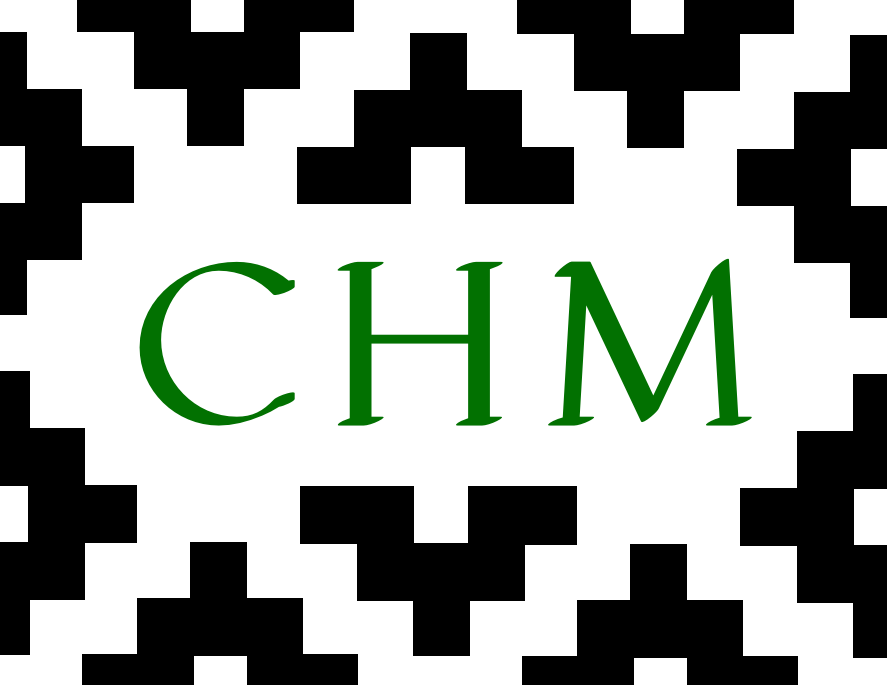Transcribed
This was the most widely used early work on Mapudungun. So much so that the HMS Beagle, in its famous travels with Captiain Fitz Roy and young Charles Darwin, carried a copy of it in 1831-6.
Its author was the Catalan Jesuit Andrés Febrés (1732-1790), who arrived to the Mapuche-speaking territories in 1759 at the age of 27. He appears to have learnt the language and written his grammar less than five years after his arrival in Chile. There is good reason to believe, however, that Febrés came into contact with Havestadt’s Chilidúģu – in Spanish manuscript form – well before reaching the country (see Lenz 1897: XLI-LI, and Havestadt 1777: 189), alongside a copy of Valdivia’s grammar. This would have given him a head start in the learning process. Febrés’ grammar was, nevertheless, published before that of his German brother of the cloth, and is much more condensed. It was therefore used on a wider scale in the training of new missionaries. Another point in which Febrés’s grammar outdoes that of Havestadt is in its care in transcribing the sounds of the language, as is shown by abundant comment on pronunciation matters and exemplification.
Febrés was particularly concerned in matters of education of the Mapuche. In a note concluding his version of the Christian Doctrine, he says that one of his intentions is to publish a collection of “Thoughts” by one Fr. Bours, in Mapudungun “so that the little Indians [los indiecitos] have somewhere to learn to read their own tongue” (294). As patronising as this may sound today, the notion of teaching the Mapuche to read and write was a very forward-thinking one, which contrasts with Havestadt’s decision, for instance, to publish his work in Latin.
Another case where Febrés shows his keenness to exemplify, is in the publication of two dialogues in Mapudungun, one based on a relatively informal conversation (99–145), and the other in the manner of formal speeches (in this case a salutation) called Coyaghtun (146–156). This material provides some invaluable data due to the fact that it is the first published text that attempts to be the product of real native speakers.
As regards the question of the dialects that are reported in his Art, Glossary (Calepino) and Texts, there is little explicit data. The major exception to this are the comments that Febrés himself includes at the beginning of his glossary and which Lenz compiles in order to establish a chronology of the work’s composition (Lenz 1897:XXXIII-LI]). It appears that, in the five years in which Febrés grammar was likely composed he was first stationed in the town of Angol for two years, and later in Imperial, for three. In contemporary accounts these locations are in in the northern and central varieties, respectively (dialects II and V in Croese 1980). The final drafts are most likely to have been made in Santiago, where Febrés appears to have been stationed as a teacher in the local Jesuit school, San Pablo. By this time, however, it is unlikely that Mapudungun was spoken widely in a variety native to the area of Santiago.
In short, then, Febrés was exposed to both northern and central varieties of Mapudungun. In terms of the actual forms that he presents, we see that he is aware of some differences. He mentions that the pronunciation of alternating 〈v〉, 〈b〉and 〈f〉, “should in all rigour be with 〈v〉”, though he tells us that the second form is used in the north, while 〈f〉is used “towards Valdivia” (5). He also mentions that he has had to adapt the writing system of the glossaries he has had access to. One of these, of course, was Valdivia’s “Vocabulario”. He also says he had access to two more recent glossaries which are not extant today: one from the region near Angol and Imperial (central variety) by one Fr. Diego Amaya, and the other from the island of Chiloé (southernmost variety) by Fr. Gaspar López (cf. 422-423). The nature of the adjustments he made, and the actual forms that came from each of the glossaries, however, are not specified.
The entire grammar is available through the Online Beagle Library at Darwin Online
The “Calepino” (Vocabulary) available as part of CORLEXIM.
Here, we present a parallel Mapundungun/Spanish transcription of the informal and formal dialogues as well as the the Christian Doctrine.
EPU GHÙLMEN GAÑI DUGULUN / Diálogo entre dos Caciques “Dialogue of two chiefs”
EXEMPLO DE UN COYAGHTUN “Example of a coyagtun (formal speech/dialogue)”
Doctrina Christiana en Chilli Dugu“Christian Doctrine in Chillidungu (i.e. the Speech of Chile)”
Tagged Text (Dialogue – Web) Tagged Text (Formal Speech – Web) Un-Tagged Text (Christian Doctrine – Web) PDF Text (Image Scans) TXT Text (Mapudungun)